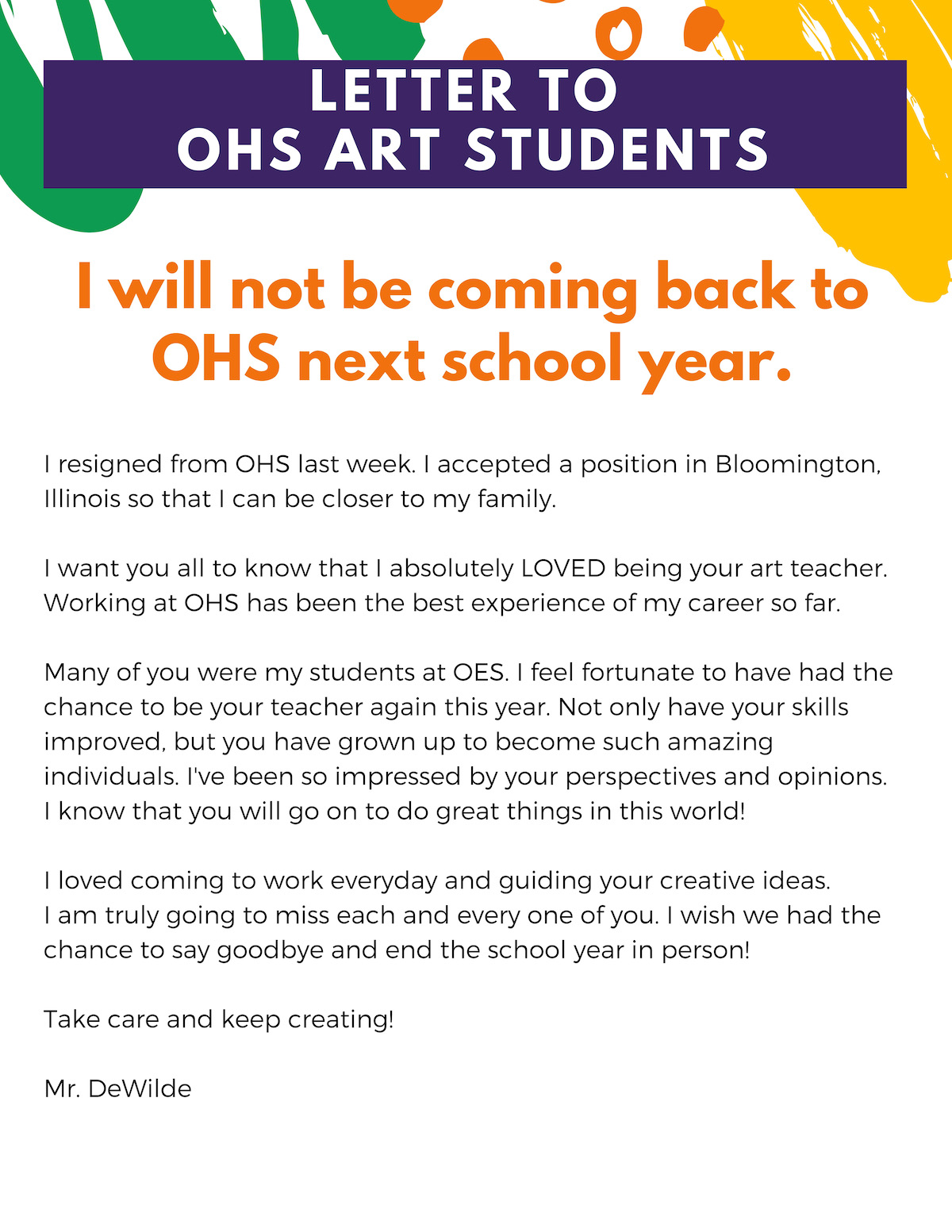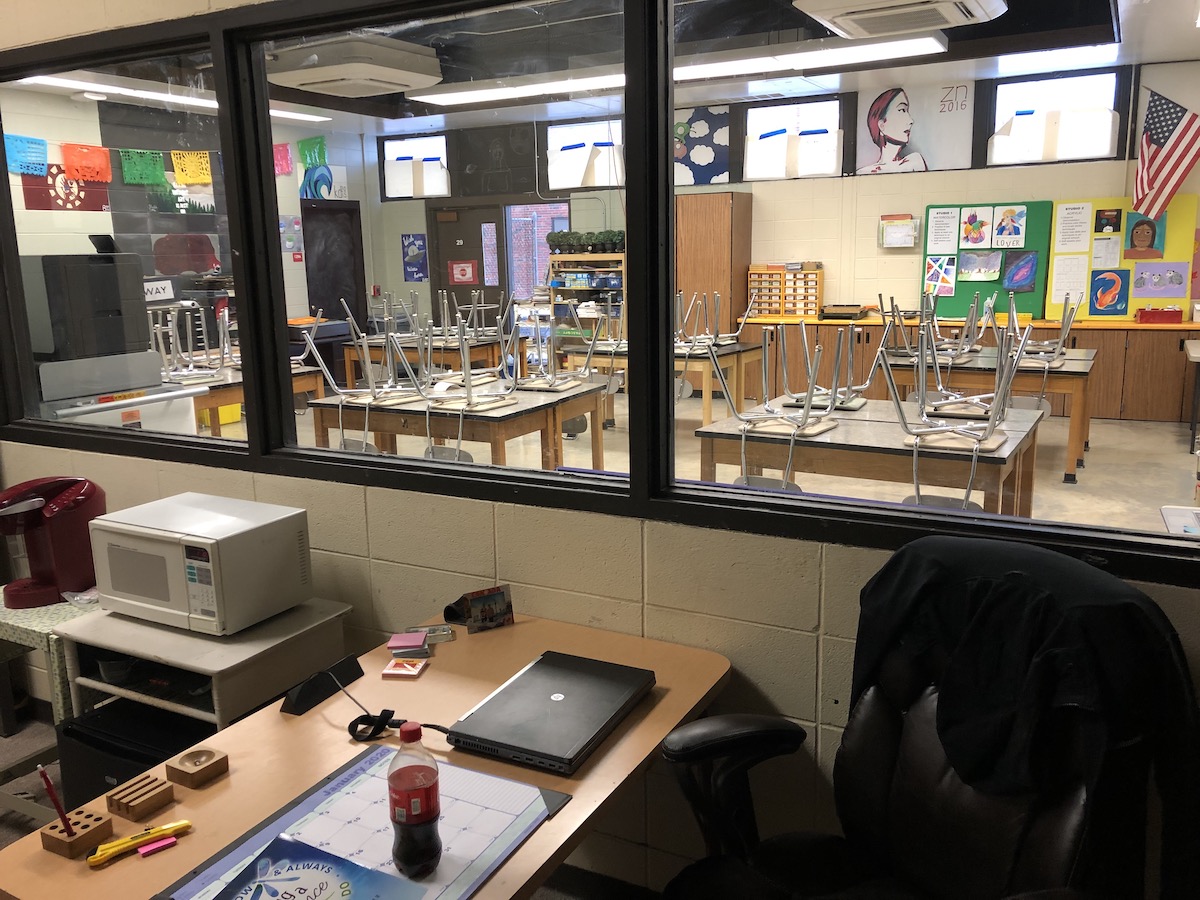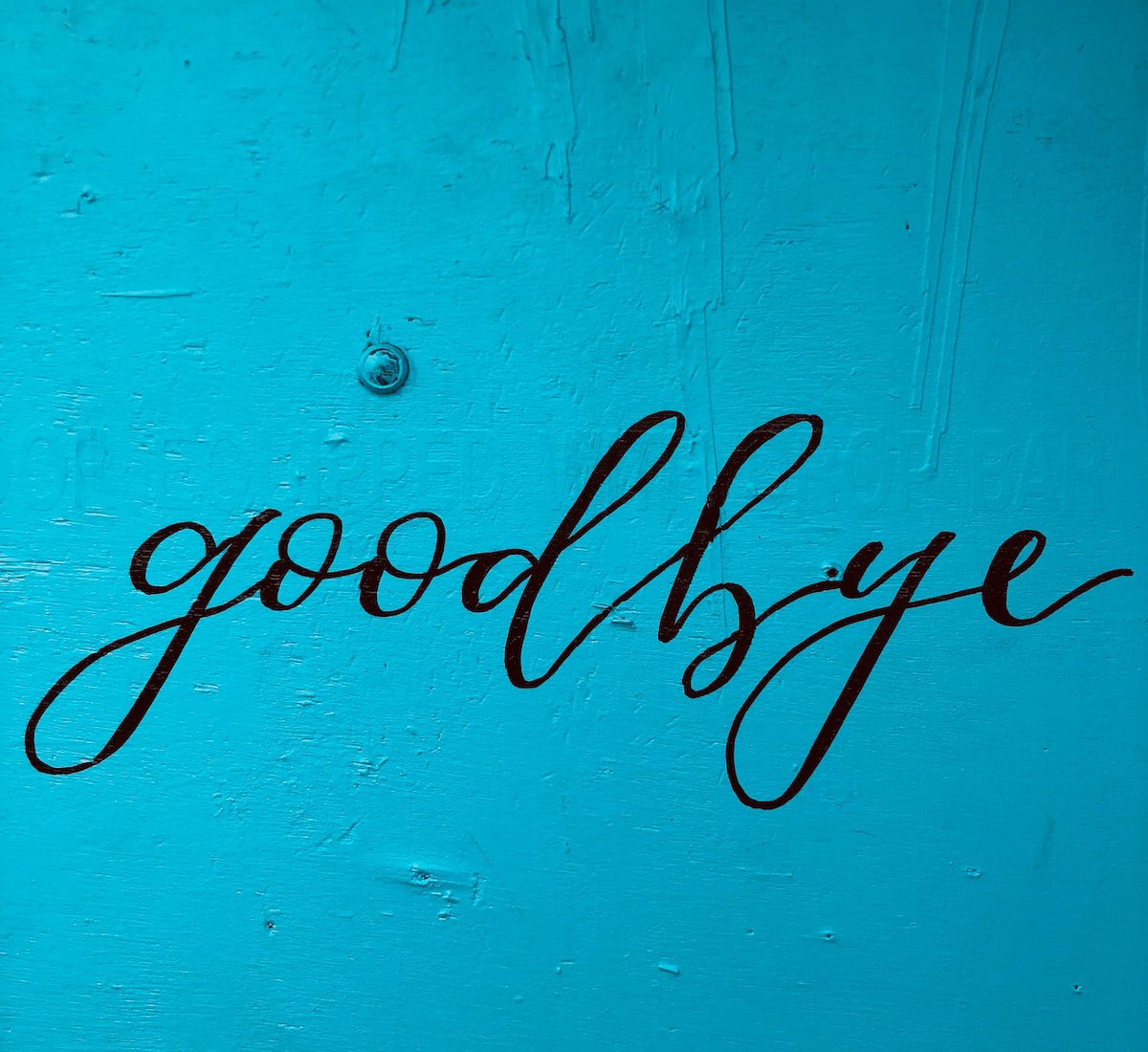Teachers leave their classrooms for a variety of reasons. Whatever the case may be, when it comes time to say goodbye, this experience can be extremely difficult. The COVID-19 global pandemic made this an even more challenging year to leave a position. Teachers finished their last days of online learning without any closure. They said their goodbyes to students and staff over a video conference or an email. Now that the school year has ended, teachers leaving a position are faced with the daunting task of moving forward in an uncertain climate.
Tips for Leaving a Position after COVID-19
Reach out to Students
The very heart of what we do as teachers is build relationships with our students. Unless you resigned or otherwise knew you would not be coming back next year, you need to find a way to break the news to each class. For those of you who have changed positions before, you can think back to saying goodbyes or explaining to students why you were leaving on your last day of class. However, online learning may have robbed you of that opportunity.

Consider writing a letter to your students where you can explain why you’re leaving or where you’re headed. You could also schedule a video conference meeting to give a more personal goodbye message. Whether you realize it or not, you have been a constant figure in the lives of your students when they see you in class each day. You may have taught some of them for several years. Be sure to respect that bond with a thoughtful goodbye.
Clean out the Classroom
End of the school year cleanup is pretty standard for art teachers. If you’re leaving a position this year, you may have some extra responsibilities on your plate. Many teachers involve students in their end of the year cleanup routine, but this year, you’re unfortunately on your own. Your classroom remains in whatever state it was in before schools were closed.
Start by organizing artwork for students to pick up whenever your district deems it safe to do so. Organize stacks of artwork, portfolios, and folders to make it easier for students to retrieve what belongs to them. Next, gather up your personal belongings. You want to make sure you have your photo frames, your favorite mug, and the artworks students made just for you over the year(s).

Once you have student artwork and your personal belongings sorted out, then you can focus on putting away general materials, taking down posters, and cleaning up any remaining spills or scraps. Be sure to take a moment to reflect on your time in that space. Look around and remember all of the good moments you experienced there with your students. Regardless of why you are leaving, you have to focus on the positive. You surely made a difference in the lives of students while you were there, and that’s not to be taken lightly.
Set Your Replacement up for Success
Leaving behind an organized classroom is certainly one thing you can do that your replacement will appreciate. Many of us probably know what it’s like to take over a classroom from a disorganized hoarder. You want to make sure your replacement has as easy of a transition as possible.
You may want to leave behind an overview of what students learned in the past year. You should understand and respect that your replacement may take your program in an entirely new direction, but any teacher could benefit from knowing students’ prior knowledge and experience. You’re not dictating what they should do, just providing the teacher with information.
Join other art teachers navigating a new normal. Register for the NOW Conference.
We all remember what it’s like to be a new teacher or to be a teacher in a new position. There can be a lot of questions and concerns starting out. Try to alleviate some of those things by leaving the classroom and position in a better condition than you found it. Your replacement teacher and former students will appreciate the forethought.
Assess What to Bring with You
One of the benefits of a new position is that you have a fresh start. You can essentially take the greatest hits from your previous teaching experience and deliver them to a brand new audience. You can bring the best parts of your career experience to this new position. You have learned from the challenges along the way, and now you’re a stronger and more confident teacher.

Take some time to assess what you’re going to bring into this new position, both in terms of physical items and curricular ideas. Now that you’ve cleaned out your classroom, you’ve probably got boxes of file folders, project examples, books, and more that you may not have critically looked at in a while. Go through what you’ve collected and take the KonMari approach. Ask yourself, “Is this item going to bring you and your students joy in this new position?” More realistically, are you actually going to use the item in your new classroom? You can probably eliminate a lot of outdated or unused items and files by taking the time now before you start your new position.
Prepare for an Uncertain Future
The usual excitement that comes with starting a new position is now combined with concern and uncertainty. No one knows what school will look like in the fall. You can probably rule out visiting your new classroom this summer. You won’t be able to organize and set up your room just yet. Most school buildings are closed completely. Many districts have told teachers to prepare for online learning to continue in the fall.
Don’t let the uncertainty squash your enthusiasm about this new position. Whatever changes may be in education, you will change with it. You’ve had some experience now with online learning, and you can use it to your advantage. Recycle the best online learning activities you had while developing new ones. Brainstorm ways you could introduce yourself to new students through online platforms like Zoom, Google Classroom, or a personal website.
The future for everyone in education right now is a little scary. You are in a unique position after leaving one school to begin at another. There’s no manual or how to best approach this situation, but to go into your new position with the same energy you would have before COVID-19. Hopefully, over the summer, we may get glimpses of hope for a more familiar classroom experience.
Final Thoughts
Leaving a position comes with a lot of emotions in normal circumstances. These last few months have been anything but normal for all of us. If you’re leaving a position this year, you may be feeling sad, unresolved, and restless. That’s okay; it’s understandable! Take time to reflect on your feelings and move forward as productively as you can.
Be sure to take some time this summer to enjoy your time off. All too often, teachers end the school year and jump ahead to thinking about the next. If you’re starting a new position, the temptation to do so may be even greater. Yes, you want to be prepared, but you also need to take care of yourself and recharge for your future students. Who knows what this new school year and new position will throw at you. The best way to be ready is to make sure you are at your best. Practice self-care over the summer. Spend time with your friends and family. Create art for the sake of creating. End the summer feeling strong and ready for anything. Congratulations on your new position, it’s time to celebrate!
How did you achieve closure after leaving your position this year?
What are you most excited about as you look ahead to your new position?
What is one lesson or project you will be sure to teach again at your new school?
Magazine articles and podcasts are opinions of professional education contributors and do not necessarily represent the position of the Art of Education University (AOEU) or its academic offerings. Contributors use terms in the way they are most often talked about in the scope of their educational experiences.






